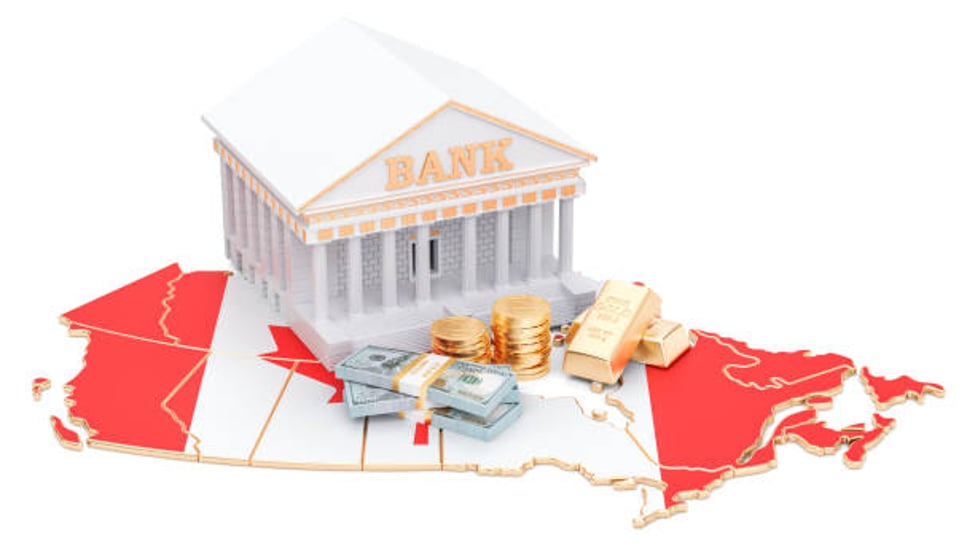Understanding the Bank of Canada’s Overnight Lending Rate: What It Is and Why It Matters
What Is the Overnight Lending Rate?
The overnight lending rate, often called the policy interest rate or target for the overnight rate, is the interest rate at which major financial institutions borrow and lend one-day (overnight) funds among themselves. This rate is set by the Bank of Canada (BOC) and is a key tool in managing the country's monetary policy.
Here’s how it works:
Every day, banks and other financial institutions settle their payments with each other.
Sometimes they end the day short on funds and need to borrow from other institutions.
The overnight rate is the interest charged on these very short-term (one-day) loans.
Why Does the Overnight Rate Matter?
The overnight rate is foundational to the entire Canadian economy because it directly and indirectly influences a wide range of other interest rates, including:
Mortgage rates
Loan and credit card interest rates
Savings account and GIC returns
Here’s why it’s so important:
1. Controls Inflation
The BOC uses the overnight rate as its primary tool to control inflation, aiming to keep it within a target range (typically around 2%).
If inflation is too high, the BOC may raise the overnight rate to cool down spending and borrowing.
If the economy is too slow, it may lower the rate to encourage borrowing and stimulate growth.
2. Influences Consumer Behavior
A change in the overnight rate affects the cost of borrowing:
Higher rates mean more expensive loans (mortgages, lines of credit), discouraging spending.
Lower rates make borrowing cheaper, encouraging households and businesses to spend and invest.
3. Impacts Currency Value
Interest rate changes can influence the Canadian dollar:
Higher rates attract foreign investors seeking higher returns, strengthening the CAD.
Lower rates can weaken the currency, making exports more competitive but imports more expensive.
4. Guides Business Investment
Businesses watch the overnight rate closely. A lower rate may encourage expansion, hiring, or investment in capital. A higher rate may lead to more conservative financial planning.
5. Signals Economic Outlook
The Bank of Canada’s decisions regarding the overnight rate signal its view on the economy:
A rate hike may suggest concerns about overheating or rising inflation.
A cut often implies the BOC sees economic weakness or risk.
Bottom Line
The overnight lending rate might seem technical, but its effects are far-reaching. It influences everyday financial decisions, from how much interest you pay on a loan to the overall direction of the Canadian economy. Watching this rate helps individuals and businesses make smarter financial choices and understand the broader economic climate.

